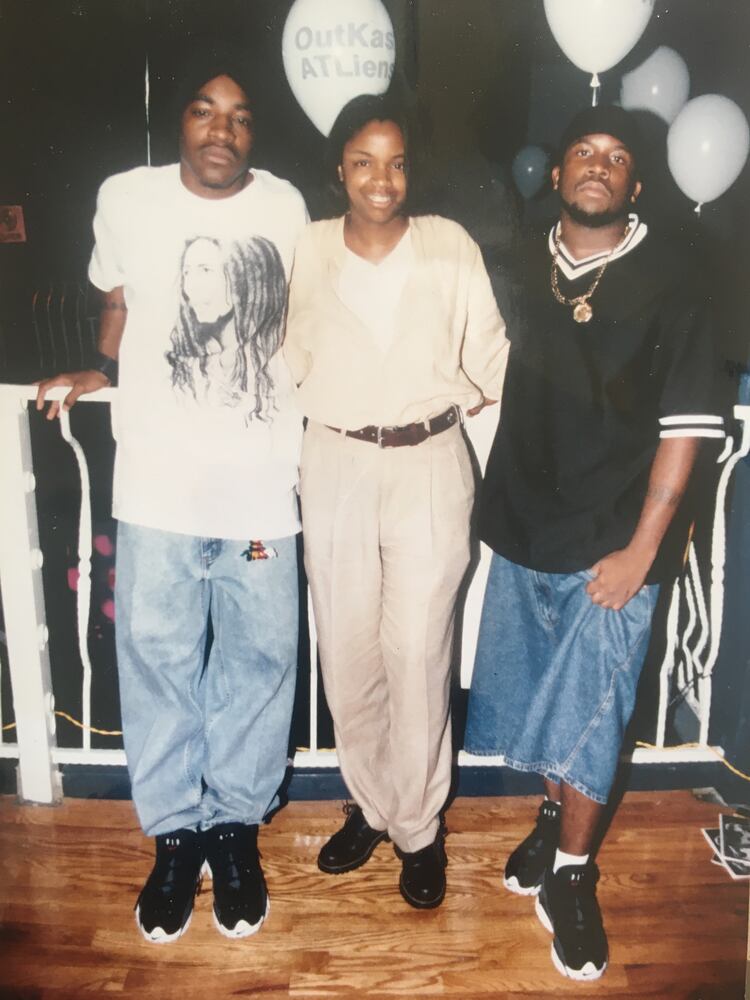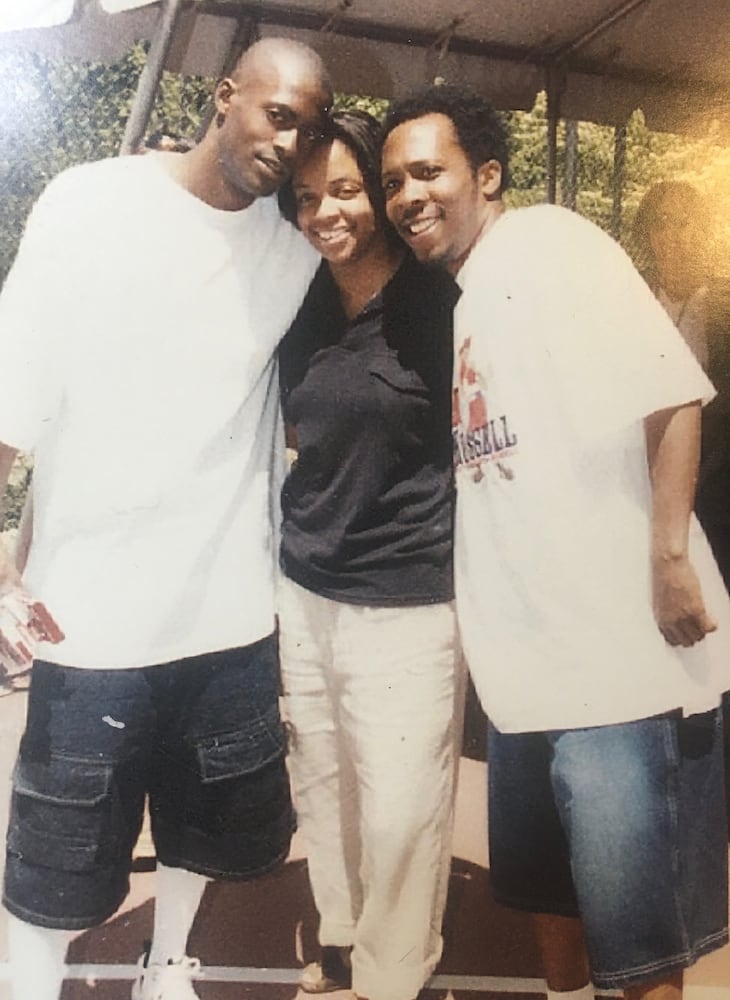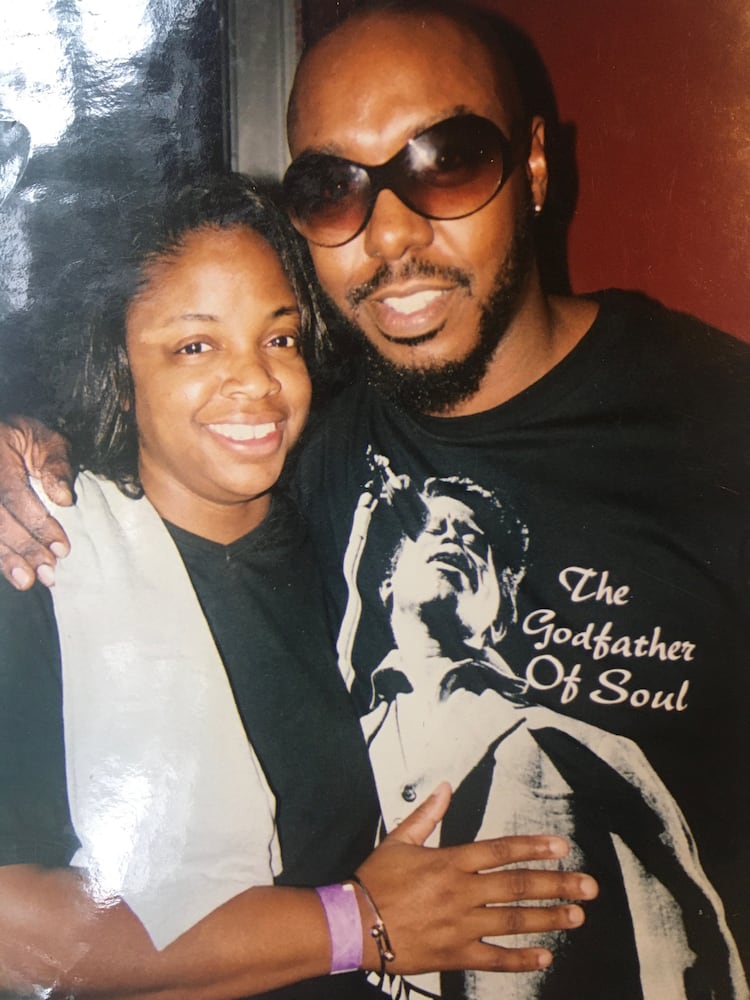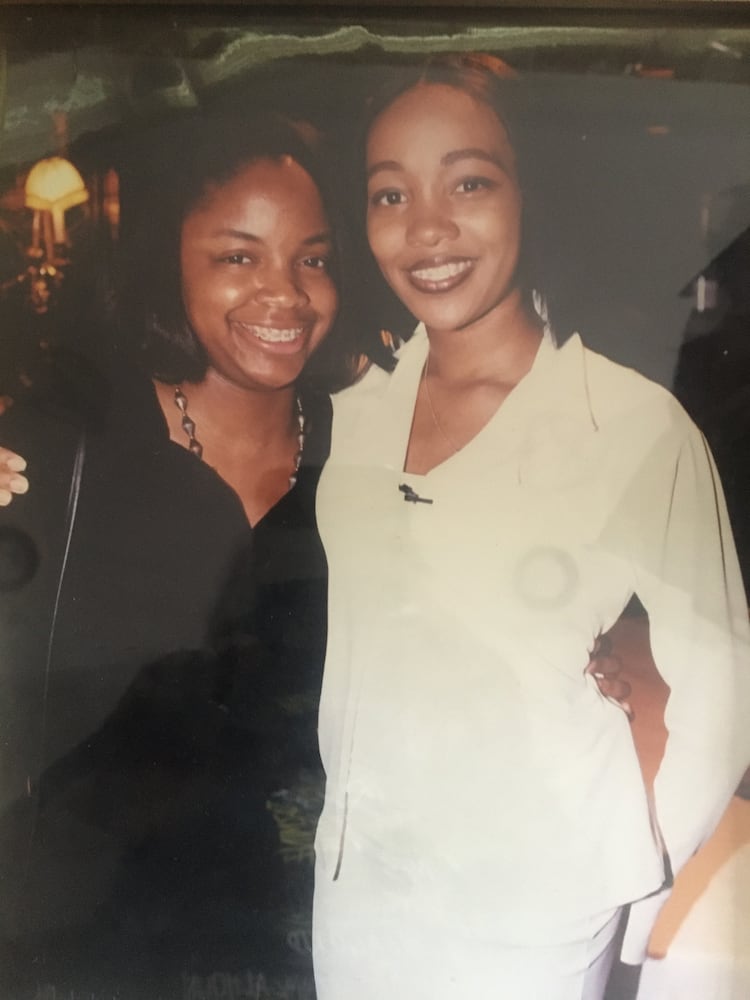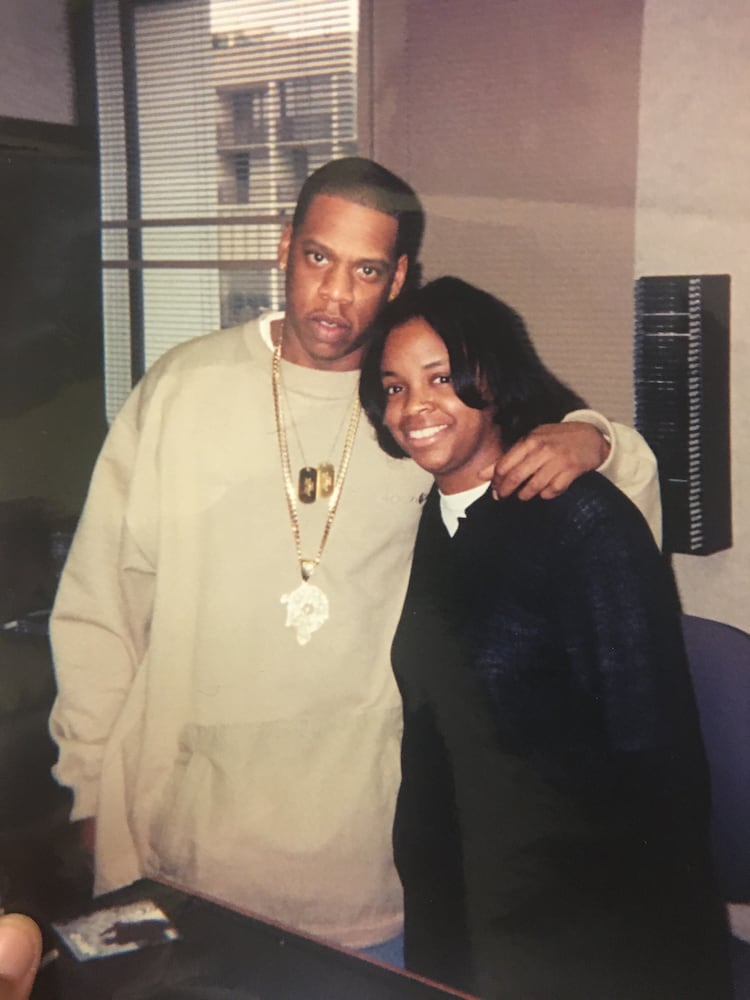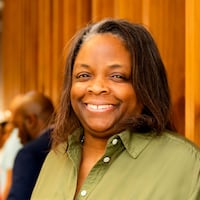Editor’s Note: This article kicks off a series of stories celebrating the 50th anniversary of hip-hop and Atlanta’s impact on the genre.
We pretty much grew up together, Atlanta hip-hop and me.
When The Atlanta Journal-Constitution was trying to attract younger readers in the early 1990s, this reporter and longtime music fan asked why we weren’t writing about new, young, local acts like TLC, Kris Kross and Arrested Development. At the time, the features department was spilling over with music critics focusing on classical, rock, pop and country. None of those early Atlanta hip-hop and R&B acts squarely fell into those categories. So the AJC added me to the roster of music reporters.
I got to see much of hip-hop’s rise up-close, from Kris Kross storming through the Jack The Rapper music convention at the Hyatt Regency in the early ‘90s, like pint-sized stars big enough to open for Michael Jackson (which they did); to OutKast bringing home the top prize of the night at the 46th annual Grammy Awards in 2004; to Hot 97.5, the radio station that started in a trailer off Old National Highway, growing to host an annual Birthday Bash big enough to sell out an arena. I was right there as it all happened.
In some ways, covering it was kind of like journal entries, being shared for audiences of thousands for over a decade.
Jonathan Smith, the guy who went to Douglass High School – the crosstown rival of Mays, my high school – became Lil Jon. First he was a DJ in nightclubs around the city, then an A&R executive discovering local talent at So So Def Recordings, next a multimillion-selling artist and producer in his own right. He became so huge he was parodied on “Chappelle’s Show” by Dave Chappelle himself.
That girl a grade or two behind me at Mays, Shanti Das, would leave to go up north to college, only to return and handle marketing for Atlanta acts such as OutKast, Goodie Mob and TLC at LaFace Records.
Credit: Melissa Ruggieri
Credit: Melissa Ruggieri
And a weekend activity all of us teens had in common – roller skating – would become the setting of the 2006 movie “ATL” starring T.I., a native Atlantan whose debut album was released through LaFace Records. The movie, also filmed here was even co-produced by Tionne “T-Boz” Watkins of TLC, also a LaFace act, and featured an unforgettable performance by another LaFace artist, Antwan “Big Boi” Patton of OutKast.
And that just-named Super Bowl LVIII headliner, Usher? He started on LaFace too. The Atlanta superstar even includes skating in his Las Vegas residency show.
It is remarkable to look around at hip-hop’s half-century mark and see how much what and who happened here still matters and impresses now.
That’s even more noteworthy when you consider that when many first heard it here, we could barely even hear it. Back before it was known as hip-hop or rapping, someone who simply called himself “Mojo” would start talking over music being broadcast on the radio on weekends. But honestly, Mojo’s words could barely be made out on the AM dial airwaves as he rapped live from the San Souci nightclub on Campbellton Road.
Like the “hip, hop, hippy-to-the-hippity” that opens the Sugar Hill Gang’s “Rapper’s Delight” (the single widely-regarded as hip-hop’s first hit), Mojo would chant a kind of call-and-response along the lines of “Everybody say ‘ho!’”
Except it went: “Let Mojo handle it – yeah-yuh!”
“Yeah-yuh!” those on the dancefloor shouted back.
Soon enough though, the sounds of another section of Atlanta nightlife – those Cascade, Jellybeans and Skate Town skating rinks – would be captured on mixtapes hosted by local DJs like King Edward J, doing better and better Mojo impressions.
One especially pioneering teen, a breakdancer and graffiti artist named Jermaine Dupri, would scrawl the words “So So Def” on the mixtape cassettes he sold. Another Atlanta teen named Dallas Austin co-produced a hit called “Mr. DJ” for Joyce Irby, a member of ‘80s R&B/funk band Klymaxx.
Austin, Dupri and Rico Wade, one of the best dancers in Atlanta’s high school talent shows and skating rinks, would be sought by LaFace president Antonio “L.A.” Reid and his wife Perri “Pebbles” Reid, a recording artist and A&R whiz, to find and work with artists on the record label’s roster.
LaFace had some less-than-memorable early releases, including R&B duo Damian Dame and an attempt at a revival of Jermaine Jackson’s career. But later, a whirlwind of colorful energy who went by the name TLC, caught the attention of this Atlanta Journal-Constitution business reporter and music fan, at a poolside appearance at a Black music industry convention in Atlanta called Jack The Rapper.
Covering how this city’s hip-hop scene would grab the world’s attention included so many proud moments. One was being the point person and primary writer of the AJC’s series at hip-hop’s 25-year mark. (Back then, we said the music’s start was 1979, when hip-hop’s first commercial hit, “Rapper’s Delight” was released, instead of 1973, the date many hold as the start of the genre, when 18-year-old DJ Kool Herc deejayed a party at a Bronx apartment building in New York City.)
Another standout moment was being able to tell the story of Afeni Shakur.
Decades before the activist’s life became the subject of a five-part Hulu docuseries, her son Tupac created a Top 10 song, “Dear Mama,” in tribute to her. During the time Tupac was imprisoned in Dannemora, N.Y., for sexual assault, the woman who carried him while serving her own time in jail – and defended herself against charges of plotting to bomb police stations with other members of the Black Panther Party – lived in a weekly hotel in Stone Mountain. She gave this newspaper, and this journalist, her first interview since the single’s release.
Easily my saddest moment reporting on Atlanta’s music scene was when Lisa “Left Eye” Lopes of TLC died in a car accident April 25, 2002, in Honduras. The rapper’s funeral at New Birth Baptist Church was the first time I remember other media outlets interviewing me, which they did because of my contribution to the VH1 program “Behind The Music” featuring TLC. It was also the first time I can ever recall crying while reporting.
Credit: RICH ADDICKS
Credit: RICH ADDICKS
Also wrenching was talking to T.I., and the parents of Philant Johnson, after the rapper’s 26-year-old longtime friend and assistant was killed in a reported shoot-out following a party at a Cincinnati nightclub. This was, in part, because some higher-ups at the paper back then said to me, before my reporting even began, that they thought this was T.I.’s frequent talk of gunplay on records coming back to get him in real life.
And in T.I.’s first interview about it, published in the AJC, he offered that he thought the bullets were meant for him. But he believed it was because of his fame, and something that happened earlier in the club – not what he said in a rhyme. Johnson’s murderer was eventually discovered, found guilty in court and sentenced to 66 years to life.
Of course there was a lot of fun. A music fan being paid to write about music can’t help but have fun.
That included once traveling to Miami to spend the day with Atlanta-based rapper Da Brat, as she opened for one of pop music’s biggest superstars, Mariah Carey. Then in 2004, when Usher’s song “Yeah” featuring Lil Jon and Ludacris was the top single on Billboard’s Hot 100 charts, this “Peanuts” and “Simpsons” fan not only wrote that story but successfully pitched an accompanying cartoon in these AJC pages.
(Come on, we all know Lil Jon and Ludacris are animated characters come to life.)
I also traveled to Los Angeles in 2004, when OutKast was up for the Album of the Year Grammy. Not only were readers able to follow along as Big and Dre captured that prize, but also on the set of the “Roses” video, which they recorded during their West Coast visit. I even took AJC readers along with me to a Grammys after-party held in some mansion that required golf carts as transportation. Everyone from Patti LaBelle to Dre and Big Boi’s mothers were there.
It was yet another moment to marvel at: two young rappers, who were introduced to the world wearing Atlanta Braves throwbacks and declaring love for their hometown in their lyrics, being celebrated on the music industry’s biggest night in the Hollywood Hills.
Credit: Handout
Credit: Handout
Going on two decades later, OutKast, arguably this city’s most beloved hip-hop act, had their own bobblehead dolls, which fans lined up for hours to collect at the Braves’ “OutKast Night” back in May at Truist Park. The group’s 2003 album “Speakerboxxx/The Love Below,” last week, was named the best-selling rap album of all time.
It’s truly fitting that OutKast wore capital “A’s” on their caps long before everyone else recognized Atlanta hip-hop and our winning baseball team, especially now that both are championed around the world as hitmakers.
I’m thankful for the opportunity to write about it right here for the AJC. And like you, I can’t wait to know what’s next.
About the Author
Keep Reading
The Latest
Featured

